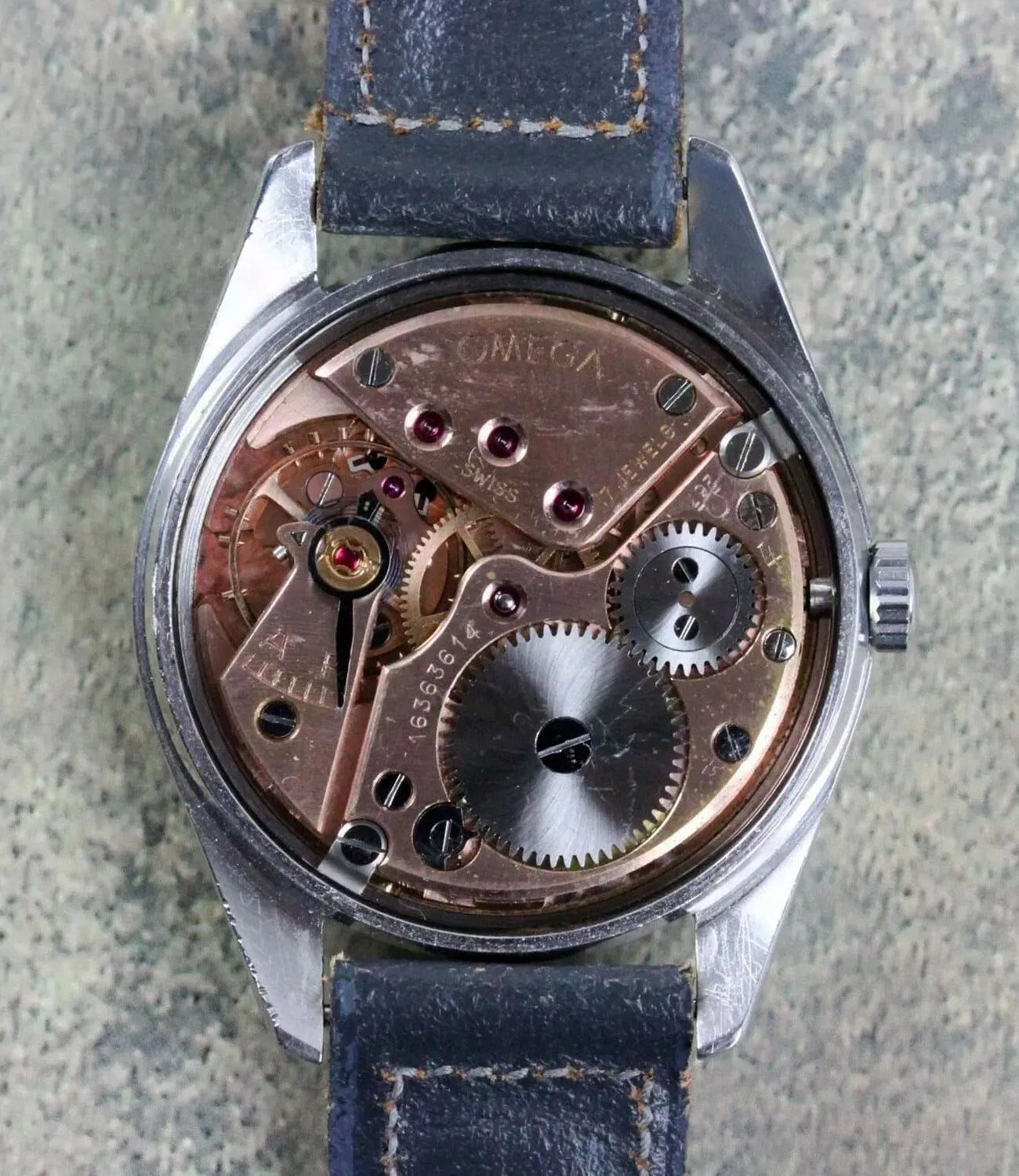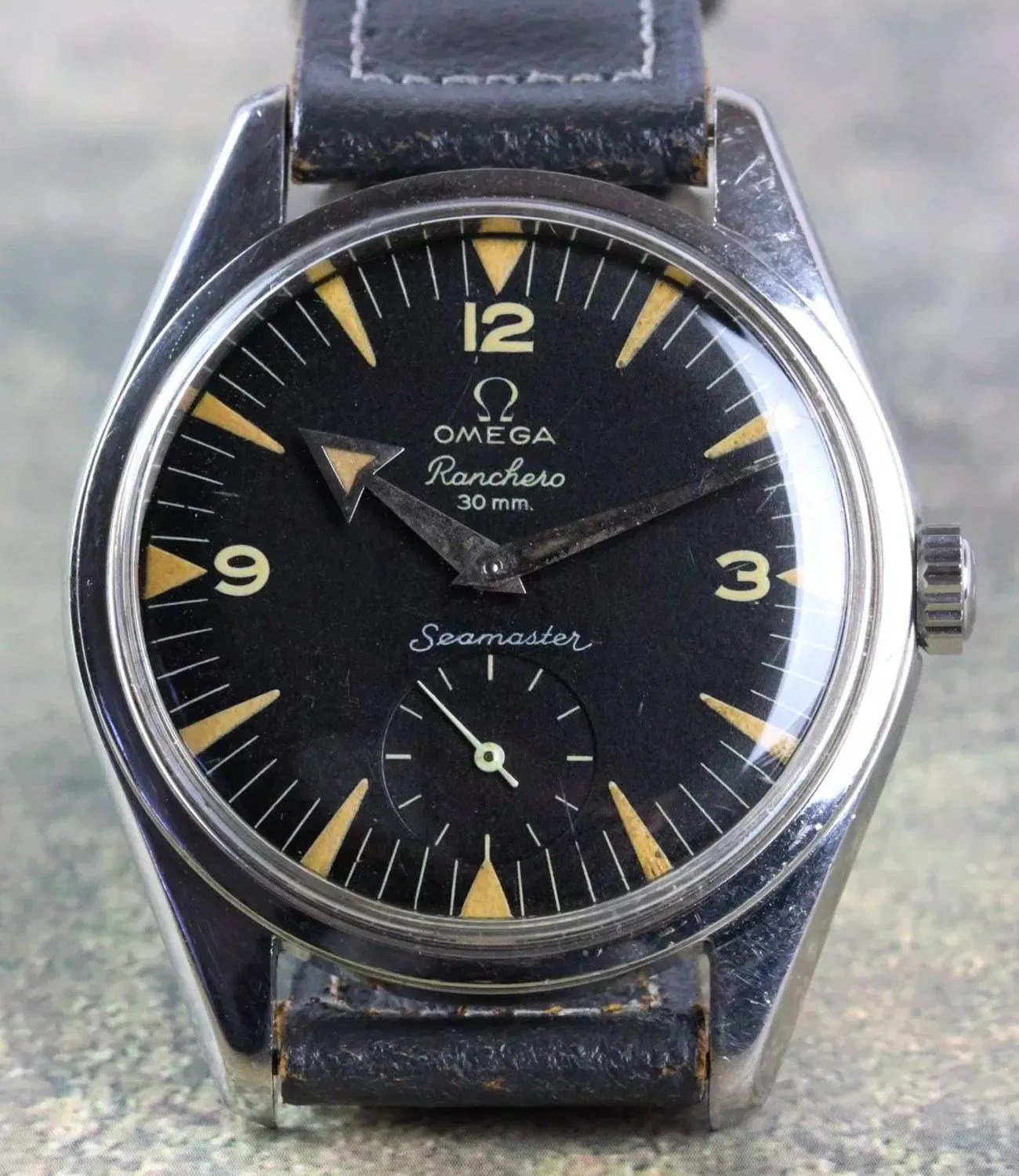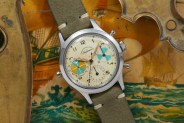Welcome to Watches You Should Know, a biweekly column highlighting little-known watches with interesting backstories and unexpected influence. This week: the Omega Ranchero.
In 1957, Omega had a busy year, dropping three of what are arguably its most iconic tool watches: the Seamaster 300, the Speedmaster and the Railmaster. What these watches all had in common, besides the year of their birth, were remarkably similar design schemes. All three, for example, had the bold, “broad arrow” hands and at least in the case of the Seamaster and Railmaster, the watches shared similar fonts and hour indices.
More Watches You Should Know
• Swatch X-Rated
• Bulova Accutron Spaceview
• Breitling Navitimer
If values for those original watches (and they hype over last year’s “Trilogy” reissue) prove anything, it’s that Omega created a winning formula, both from a functionality standpoint as much as a design one. It only made sense, then, that the company would expand upon those three offerings with a fourth watch: enter the Ranchero, the forgotten fourth tool watch that Omega introduced during this era.

Released a year after the initial trilogy, the Ranchero was billed as an entry-level timepiece; according to Hodinkee, a catalog from 1959 had it priced at just 147 francs. The watch dial borrowed heavily from the other Omega tool watches at the time and featured triangular hour markers and Arabic numerals at 12, 3 and 9 o’clock. Both a black and a white dial were available. At 35mm in diameter, it was middling in size and featured an Omega Calibre 267 hand-winding movement, part of the brand’s then-ubiquitous “30mm” family of movements, lauded for their accuracy and durability.
There isn’t much about the Ranchero, on the surface, that makes it exceptional; it has many of the attributes you’d find on a basic watch from the time. But what was interesting about it was that it was an early attempt at building an all-around watch that could satisfy both utilitarian, work-related needs and stylish, after-hour sensibilities. Think of it as a 1950s equivalent of the modern city-to-mountain trend.


